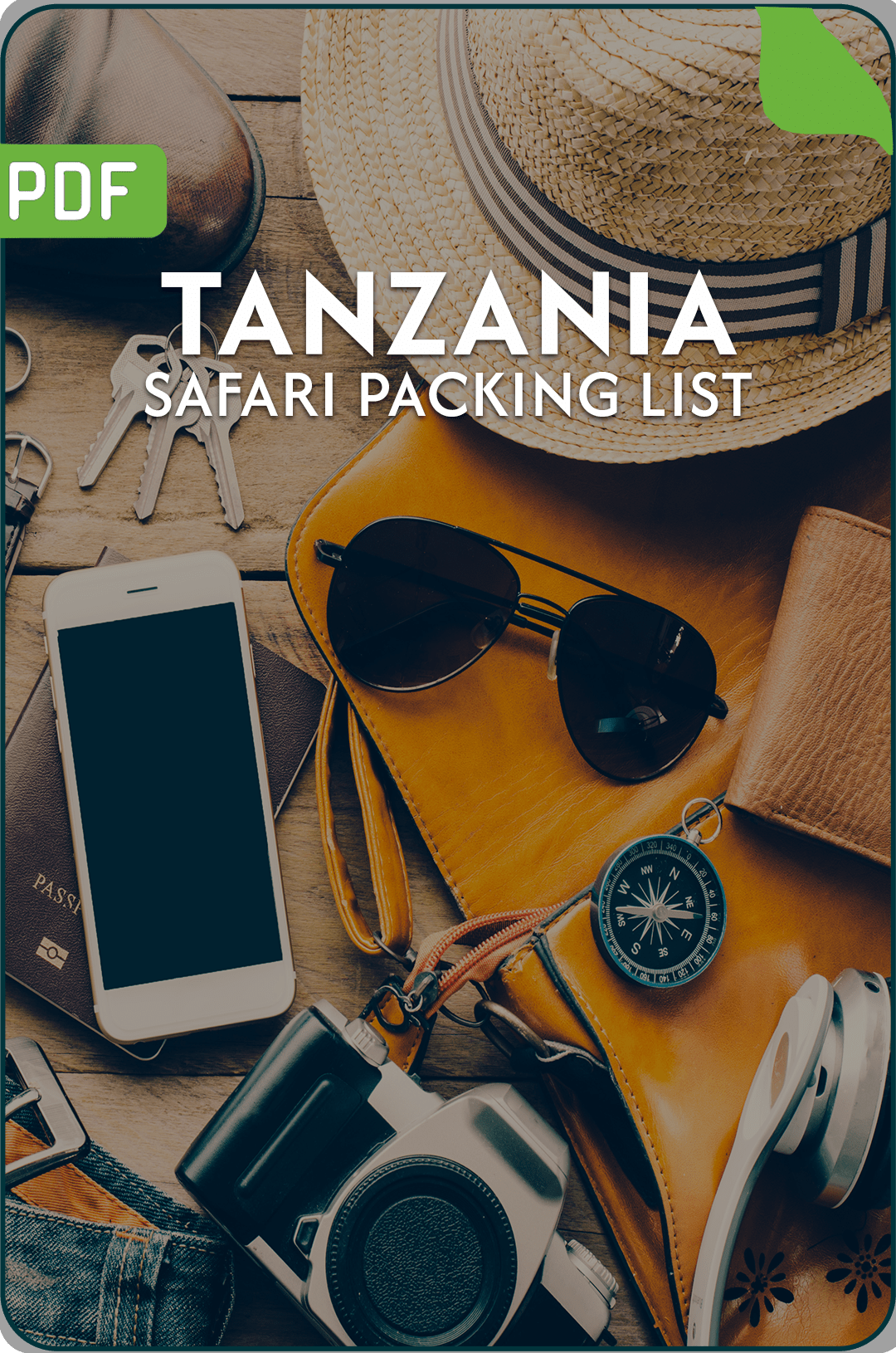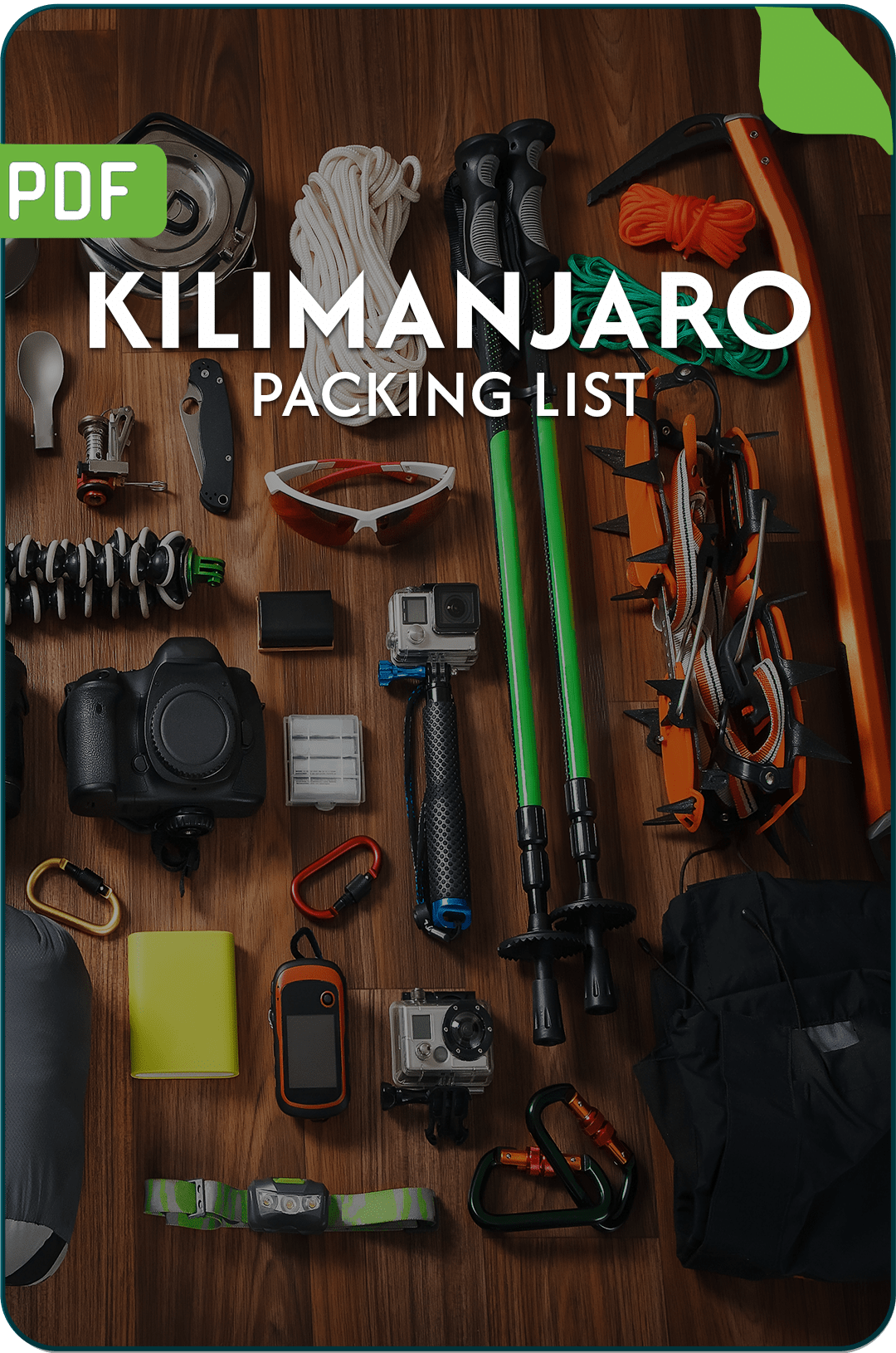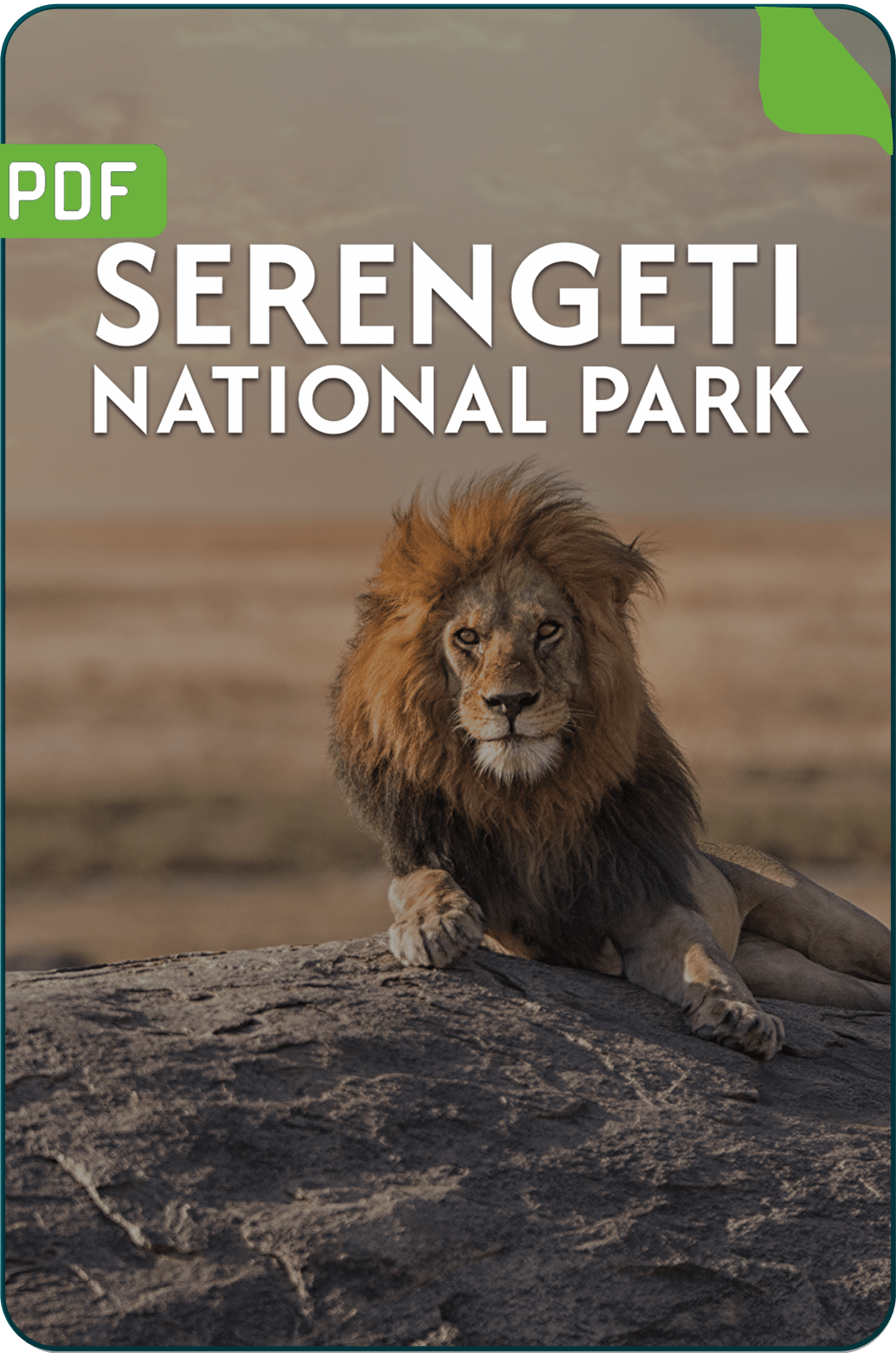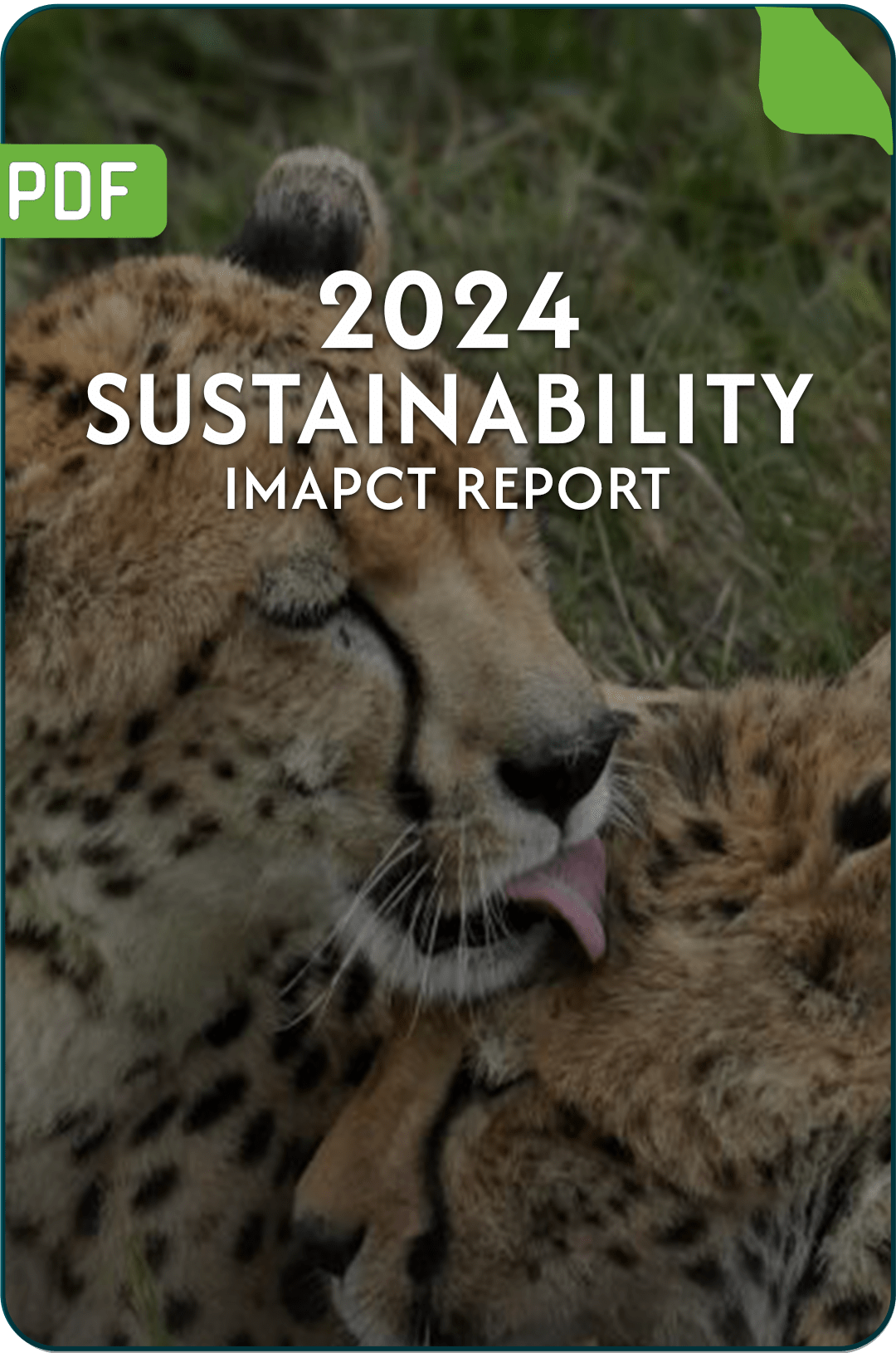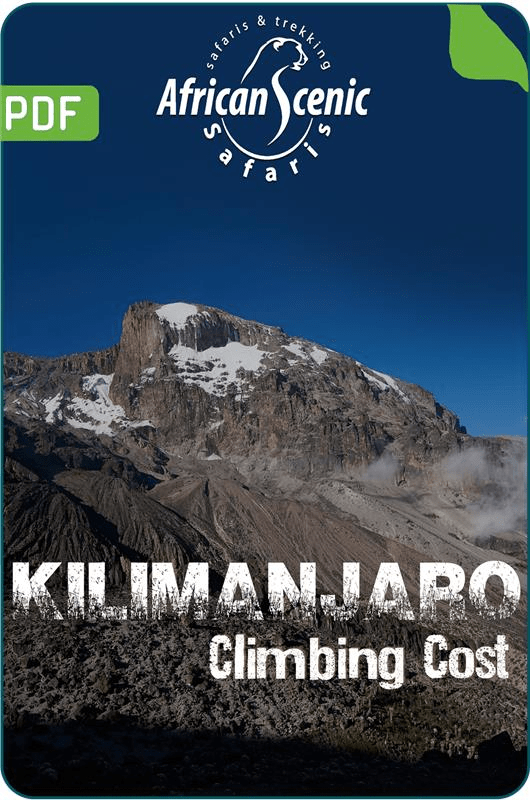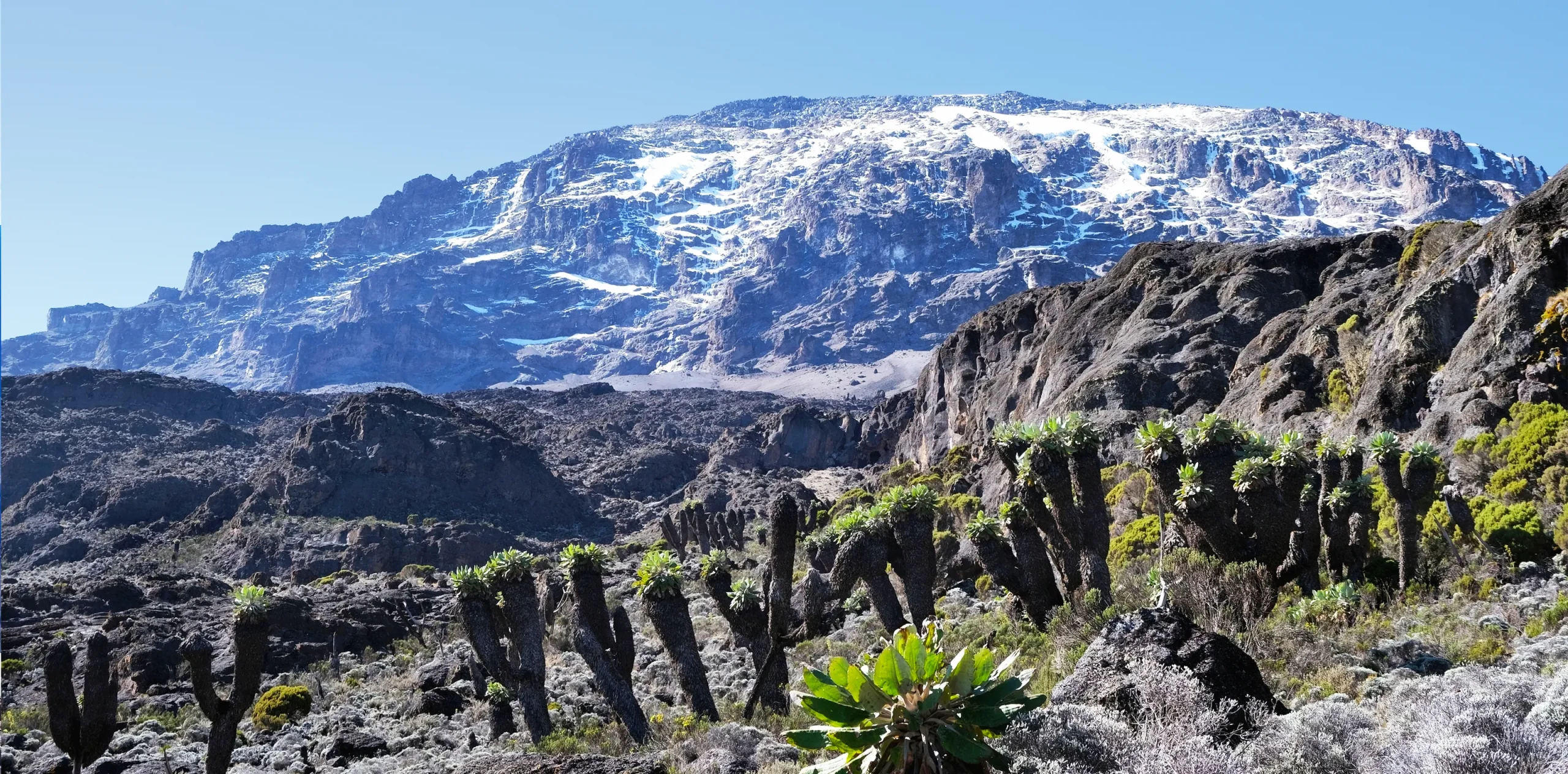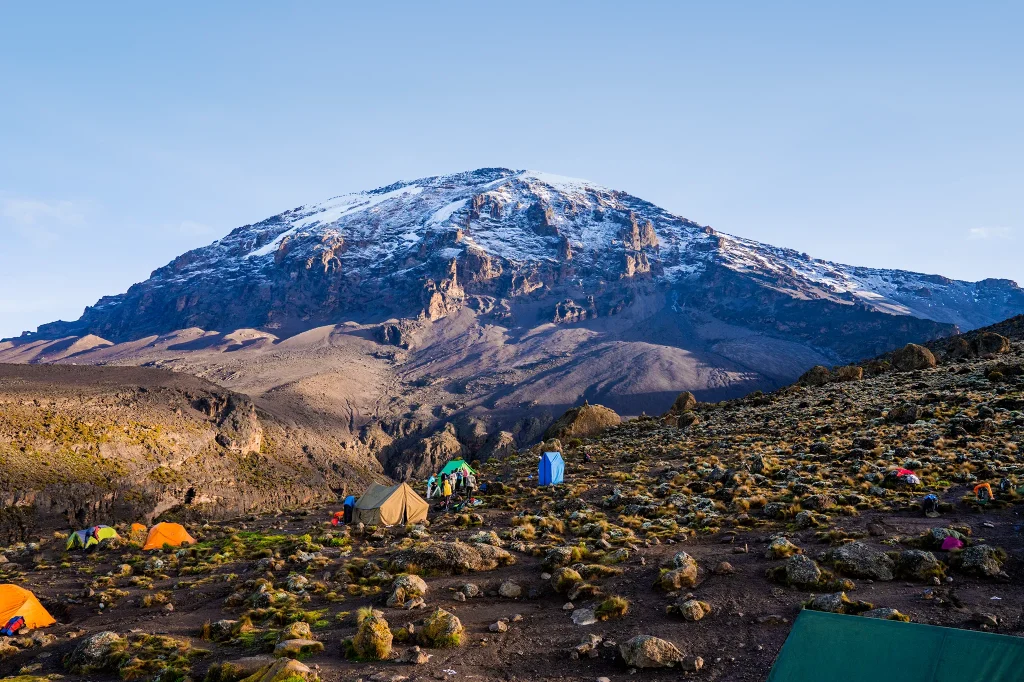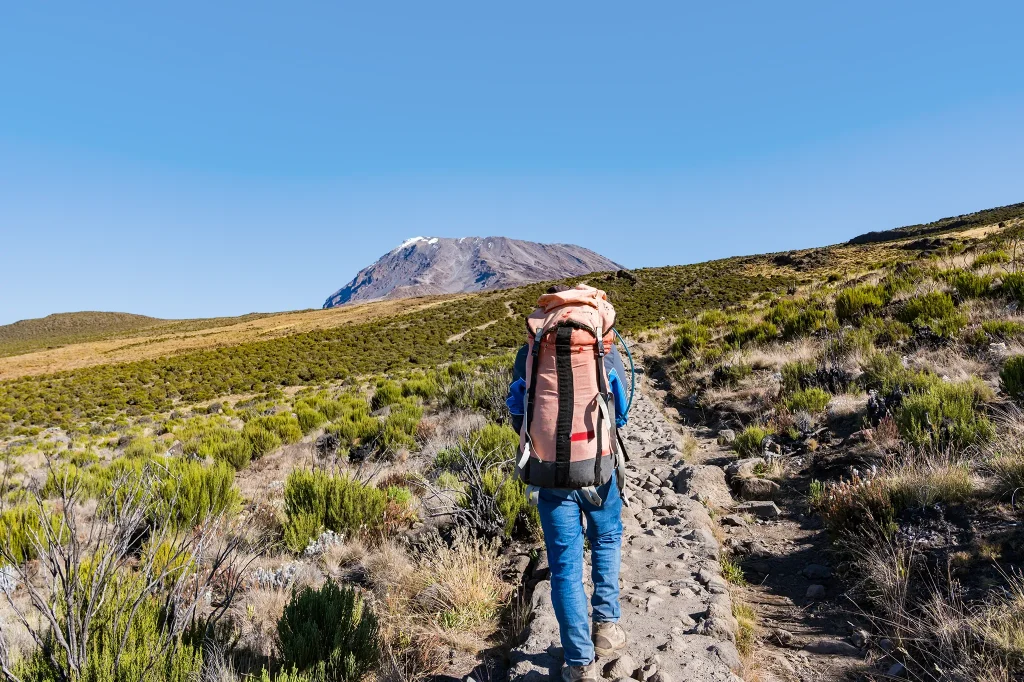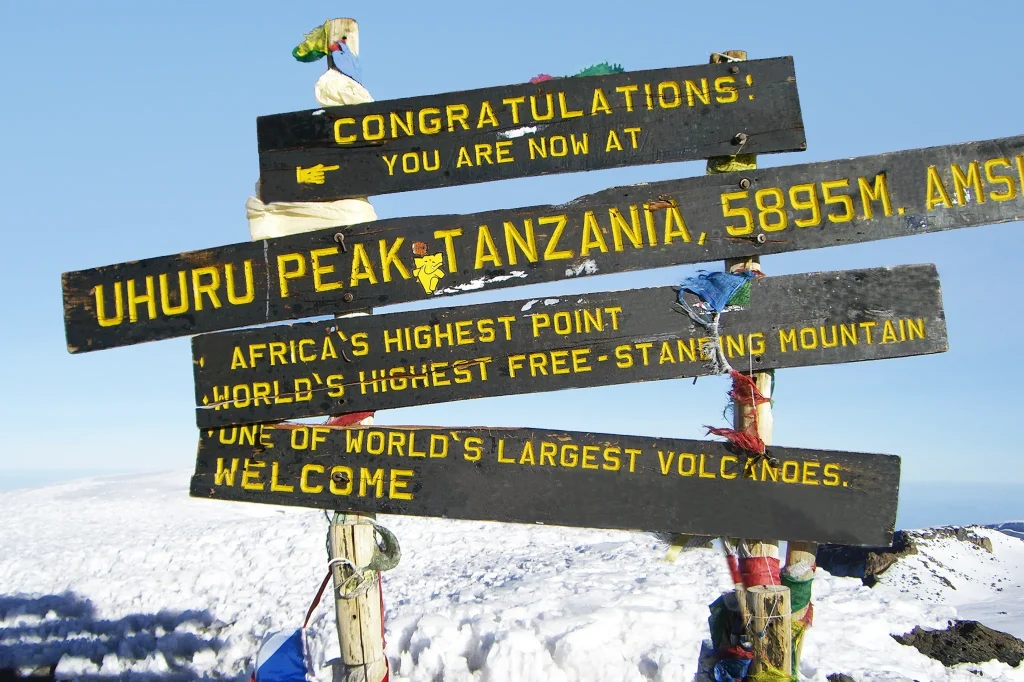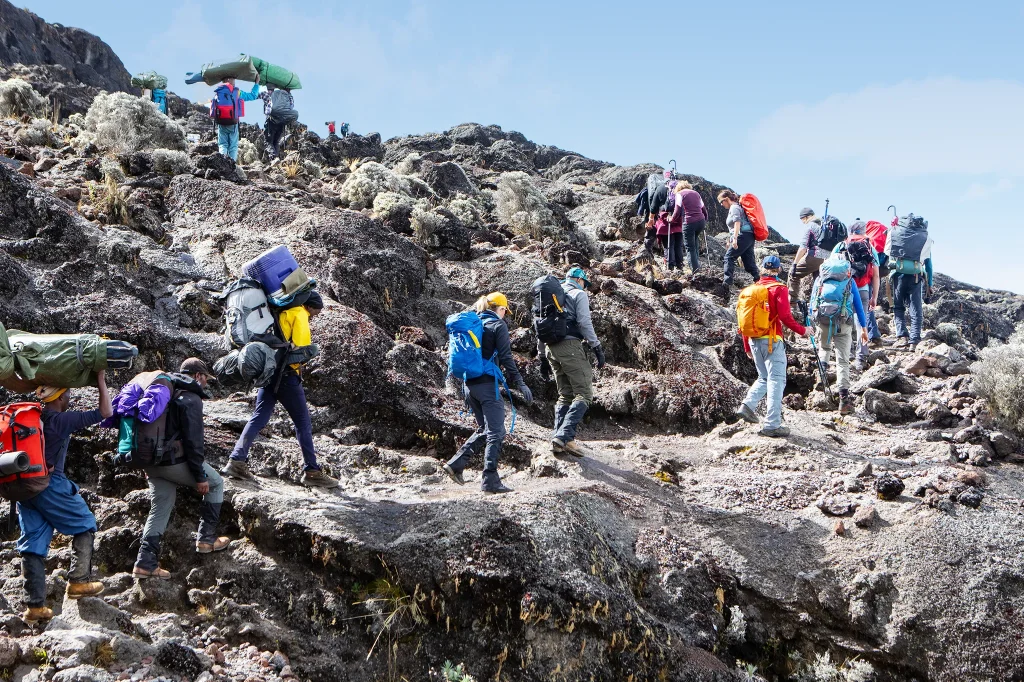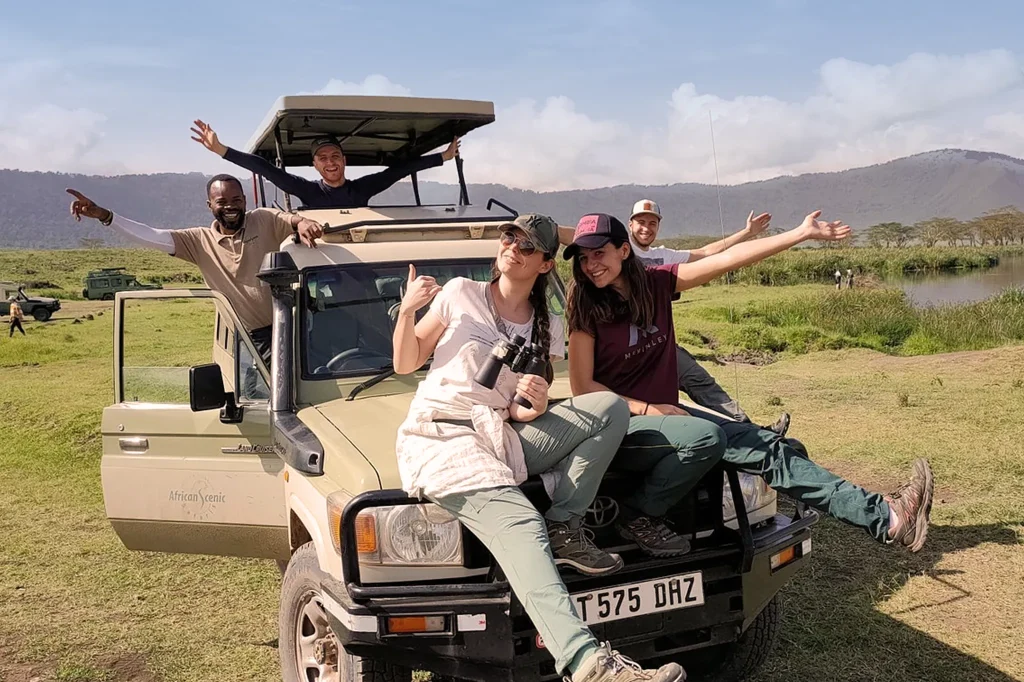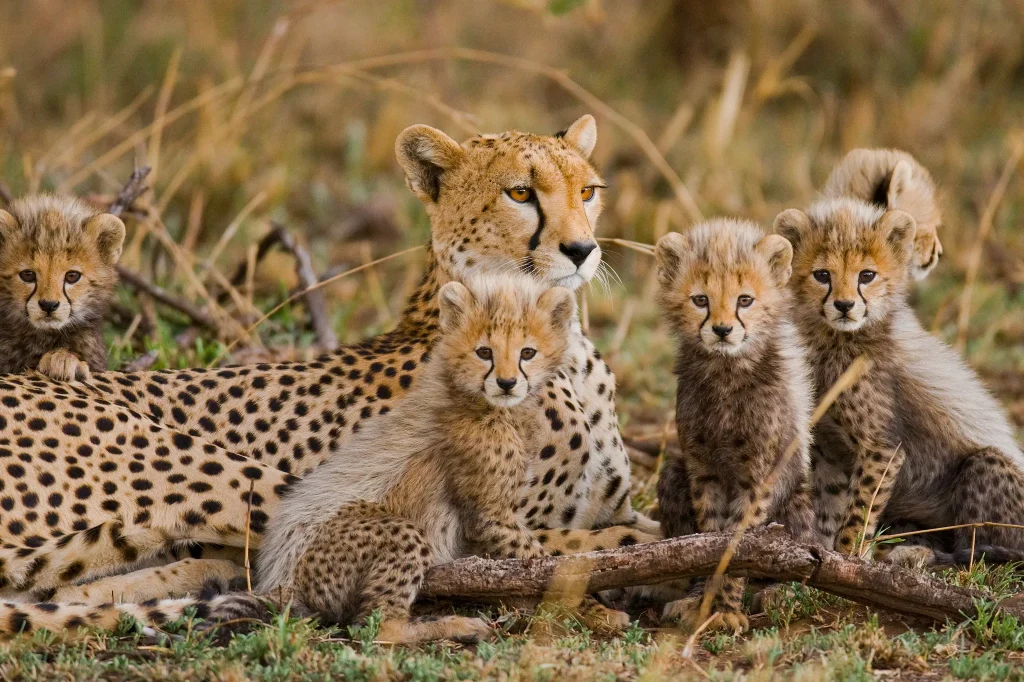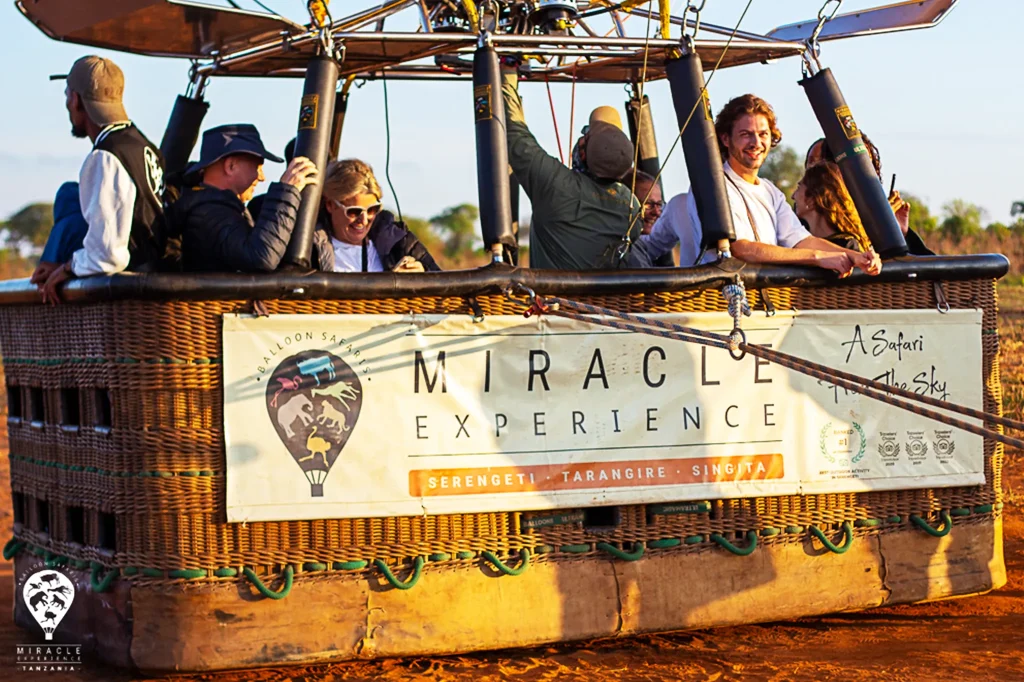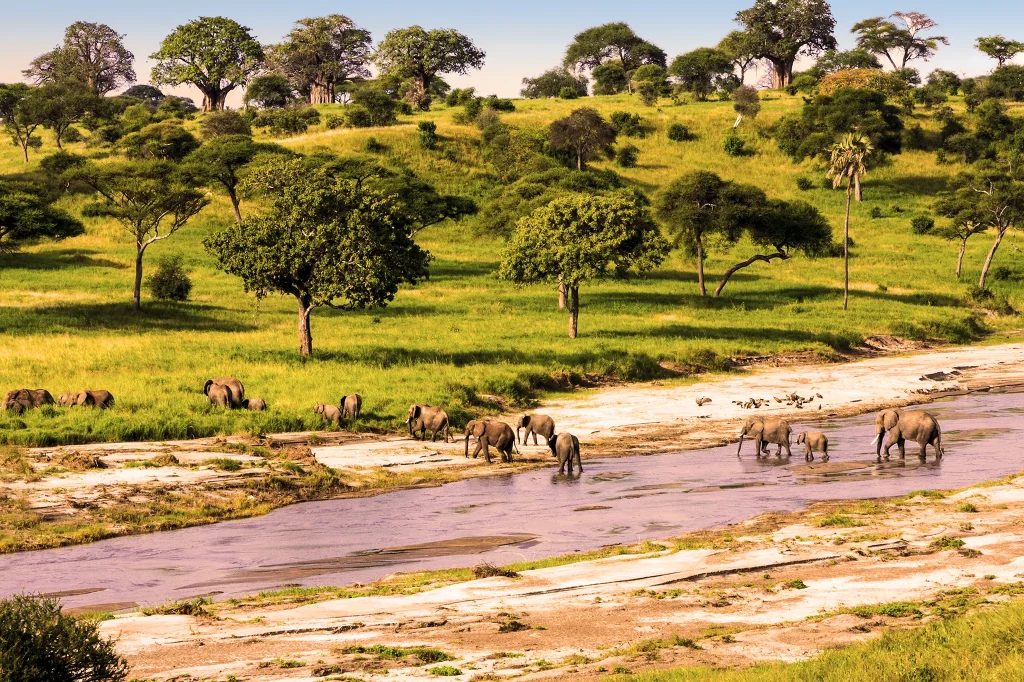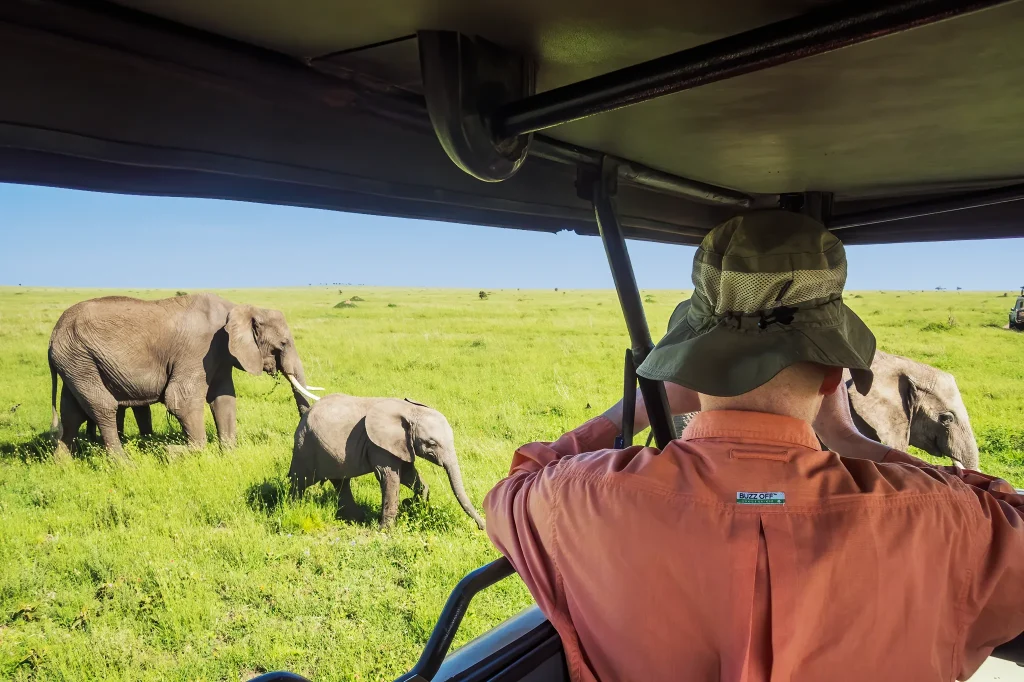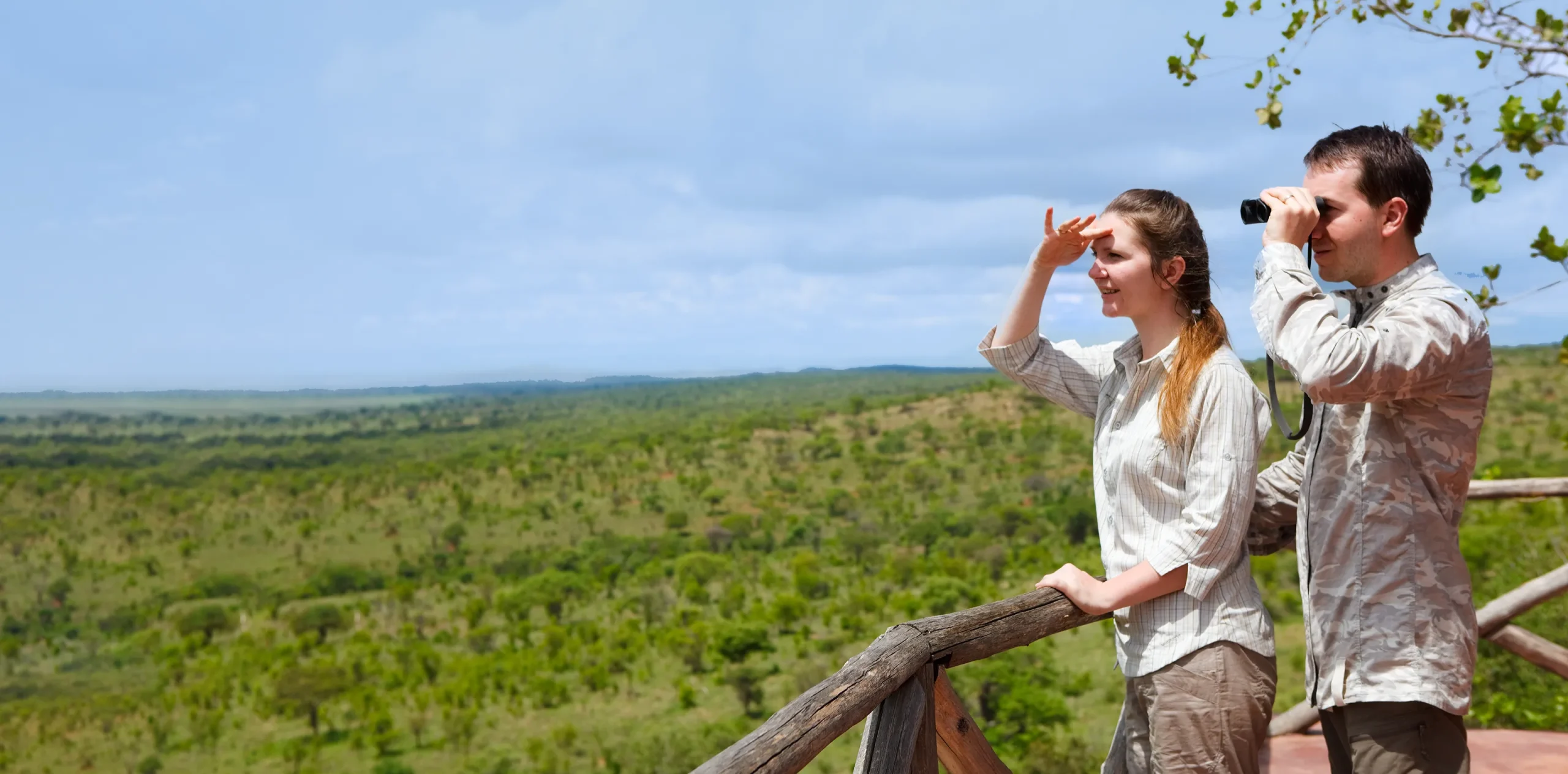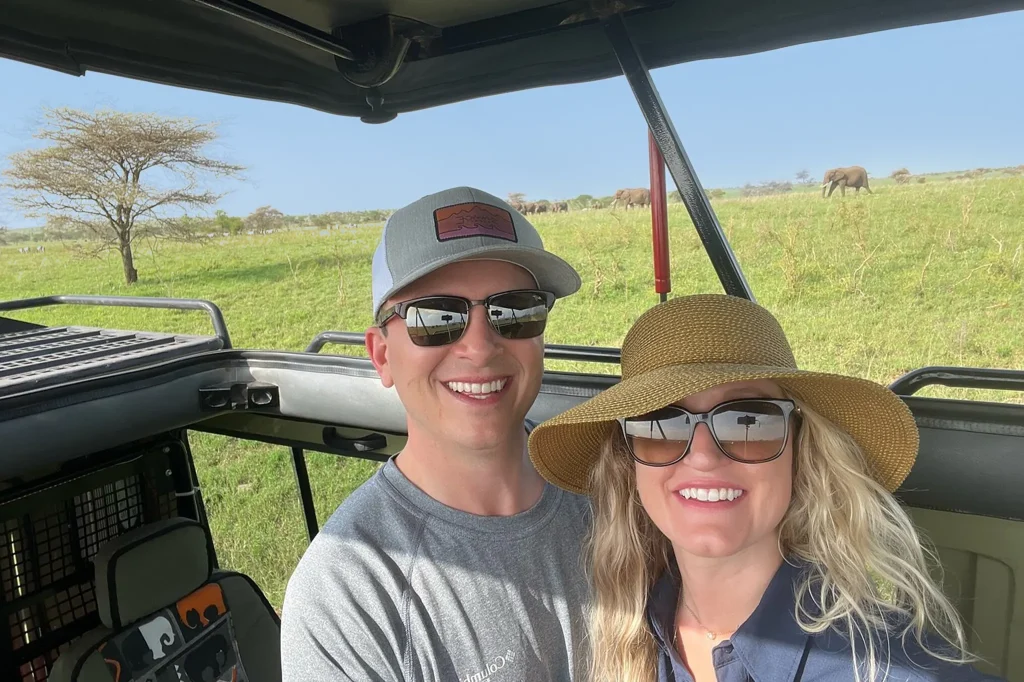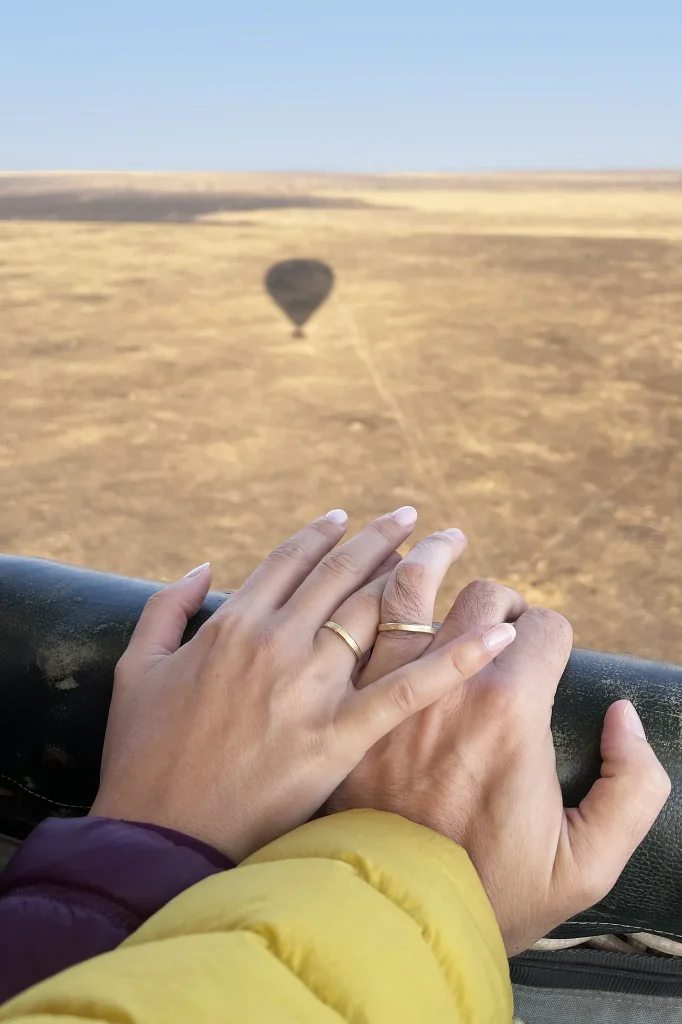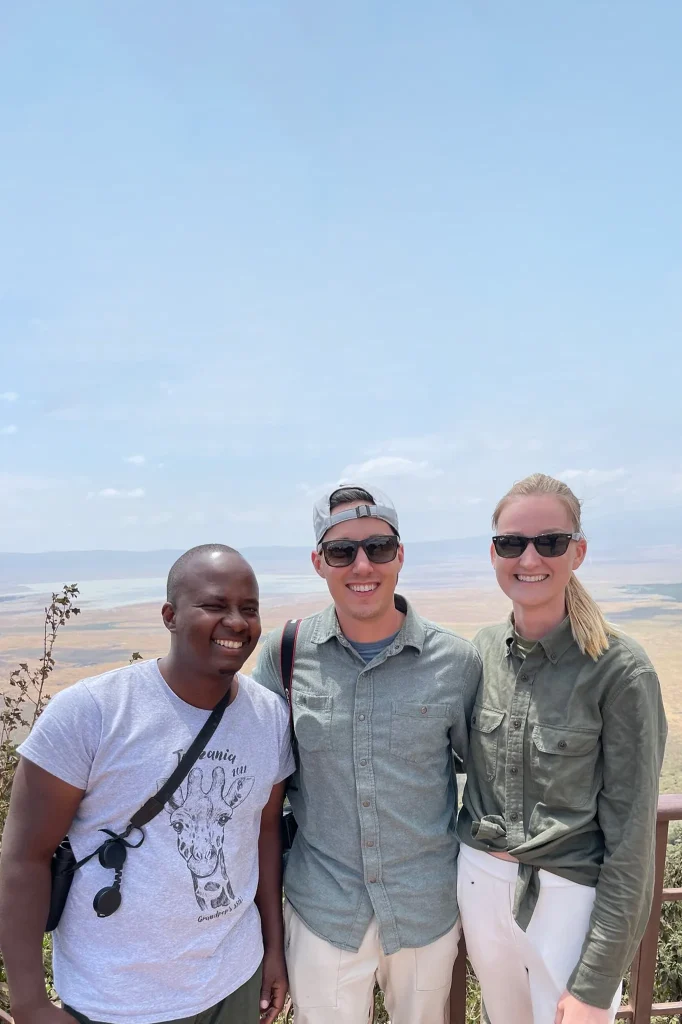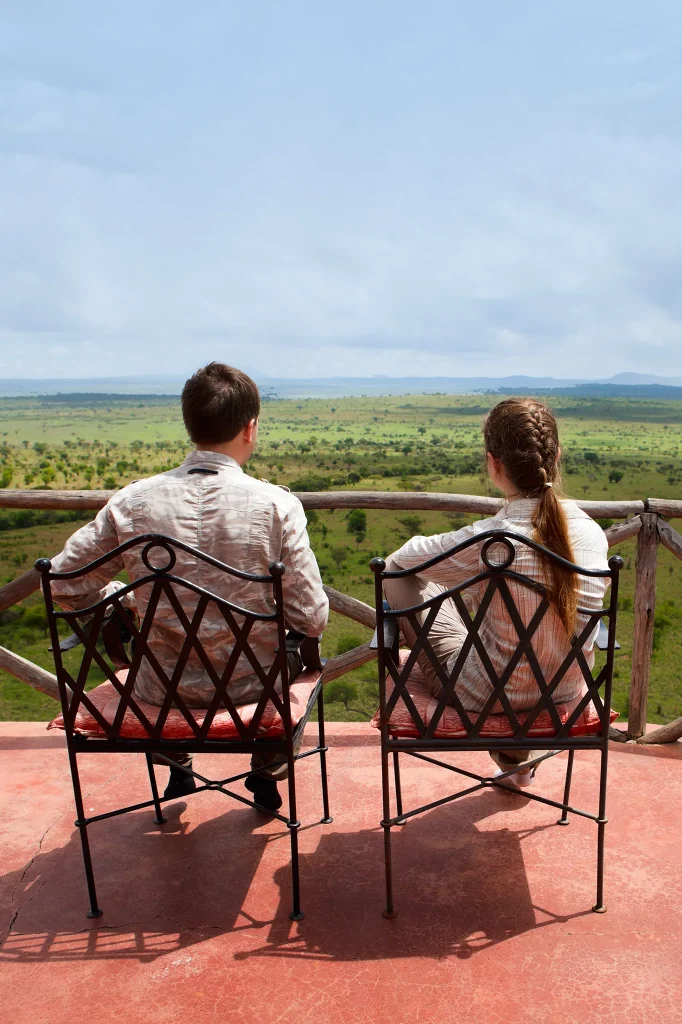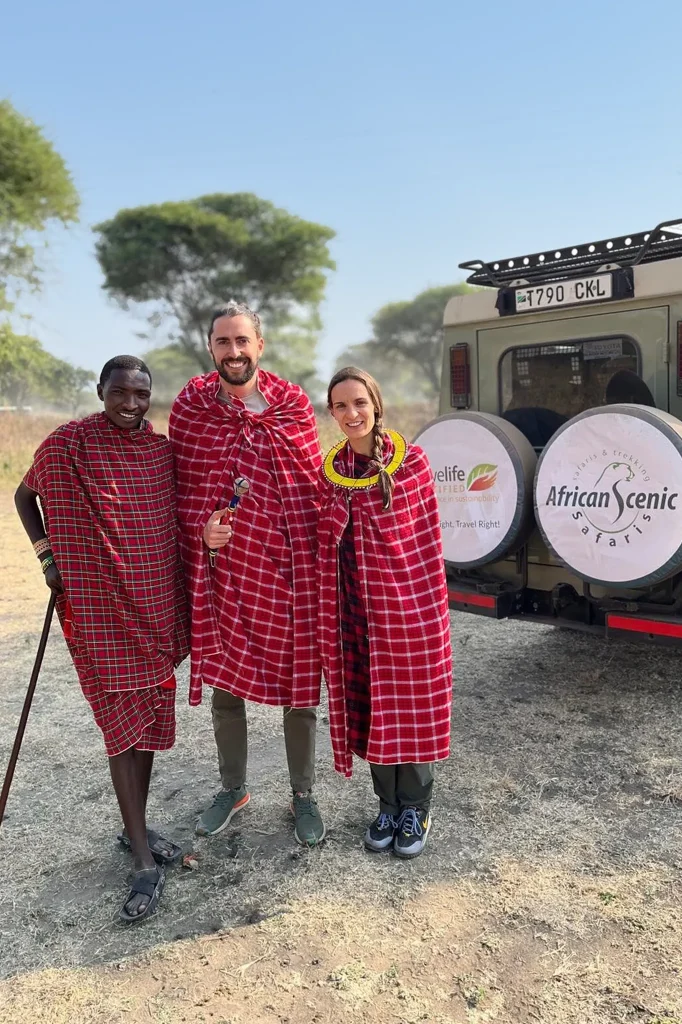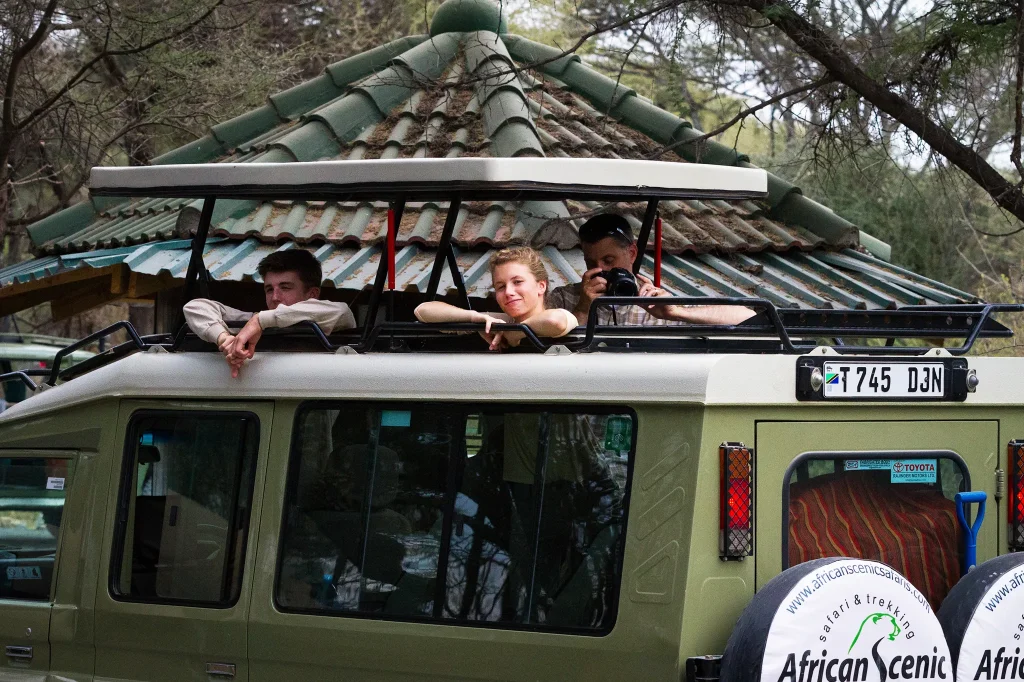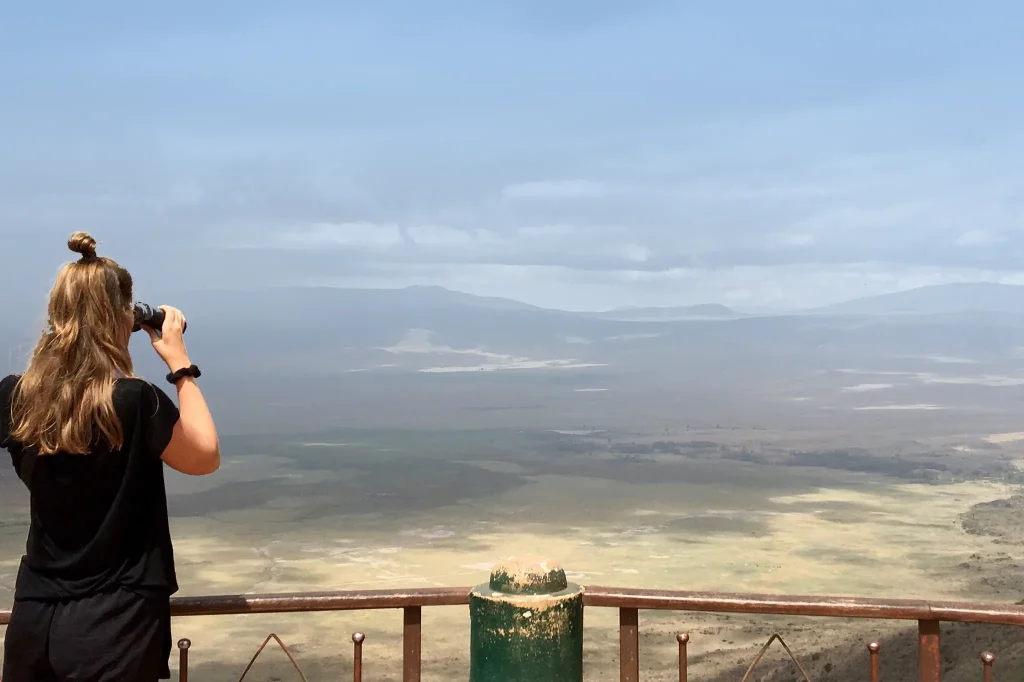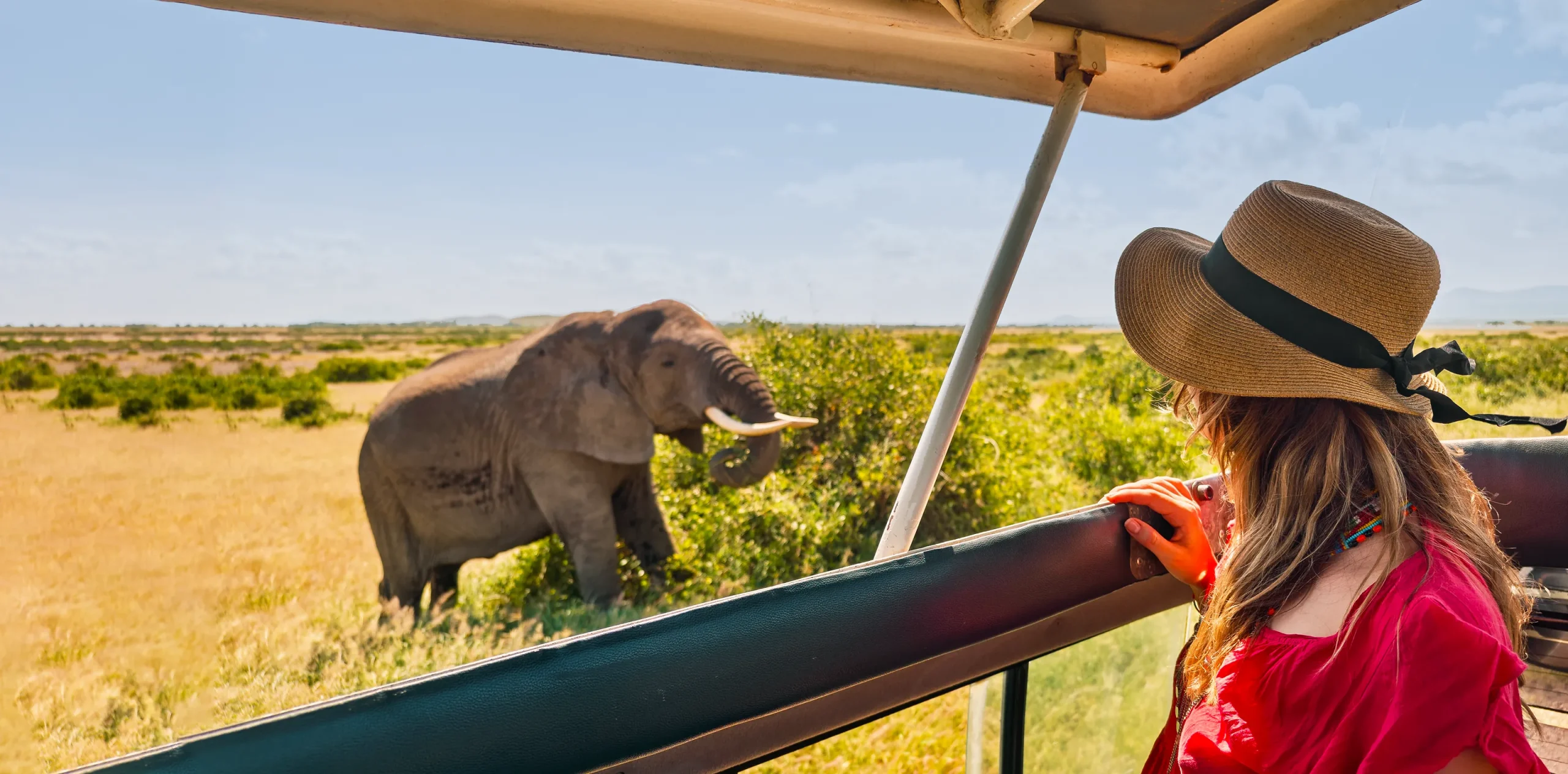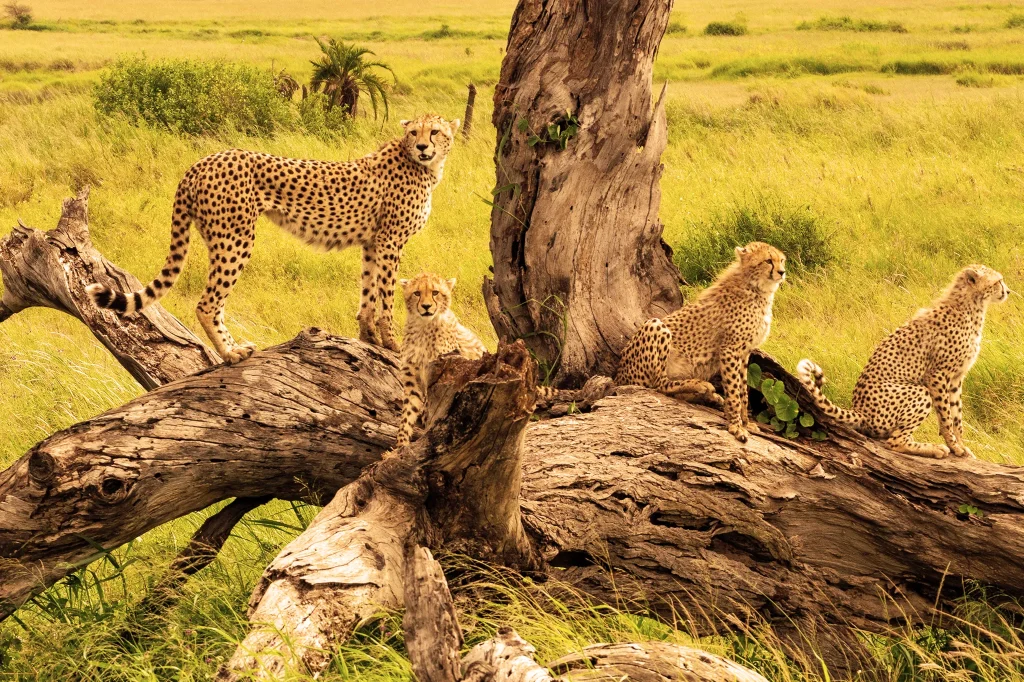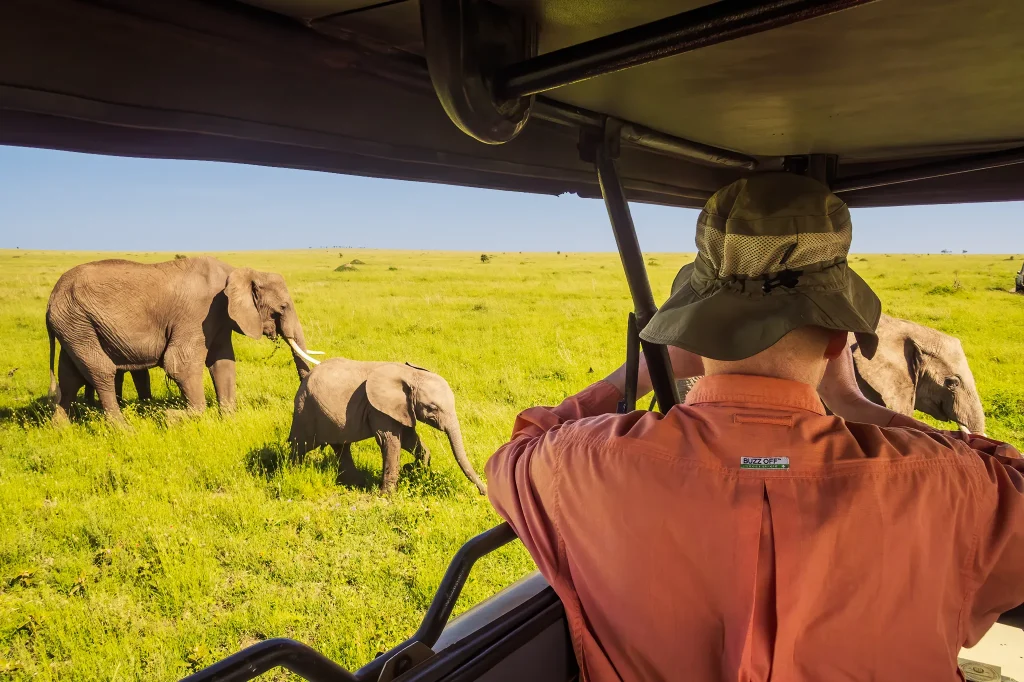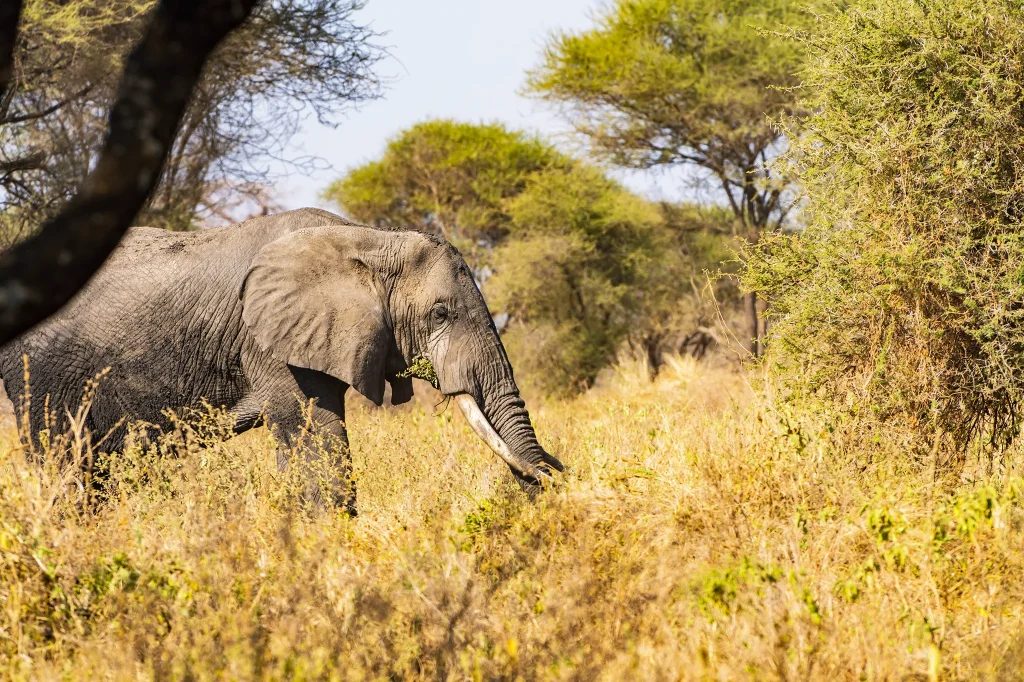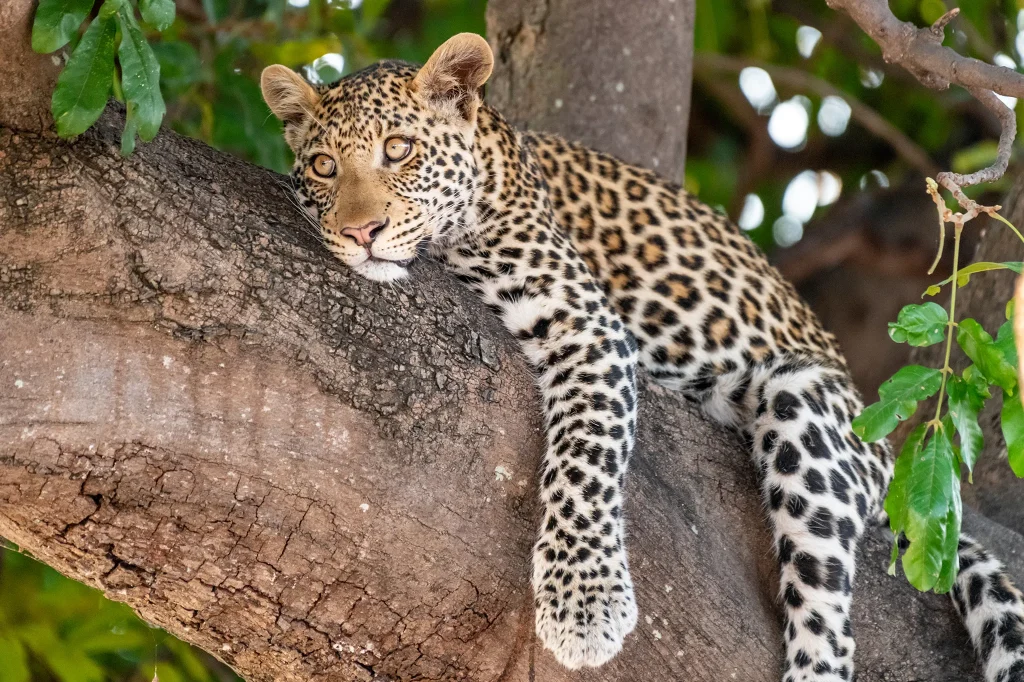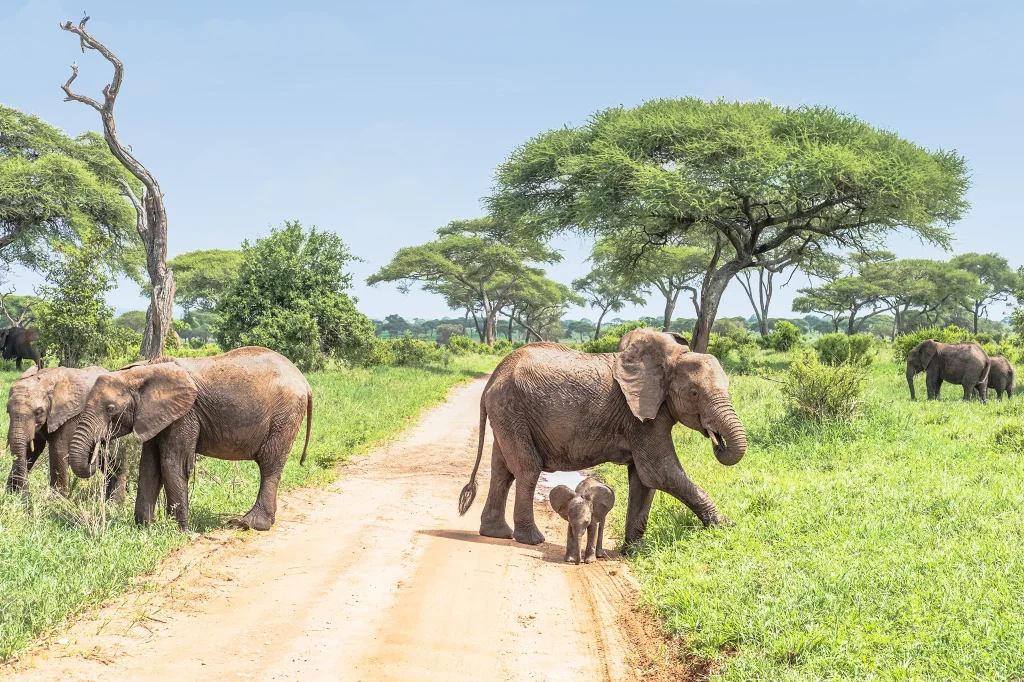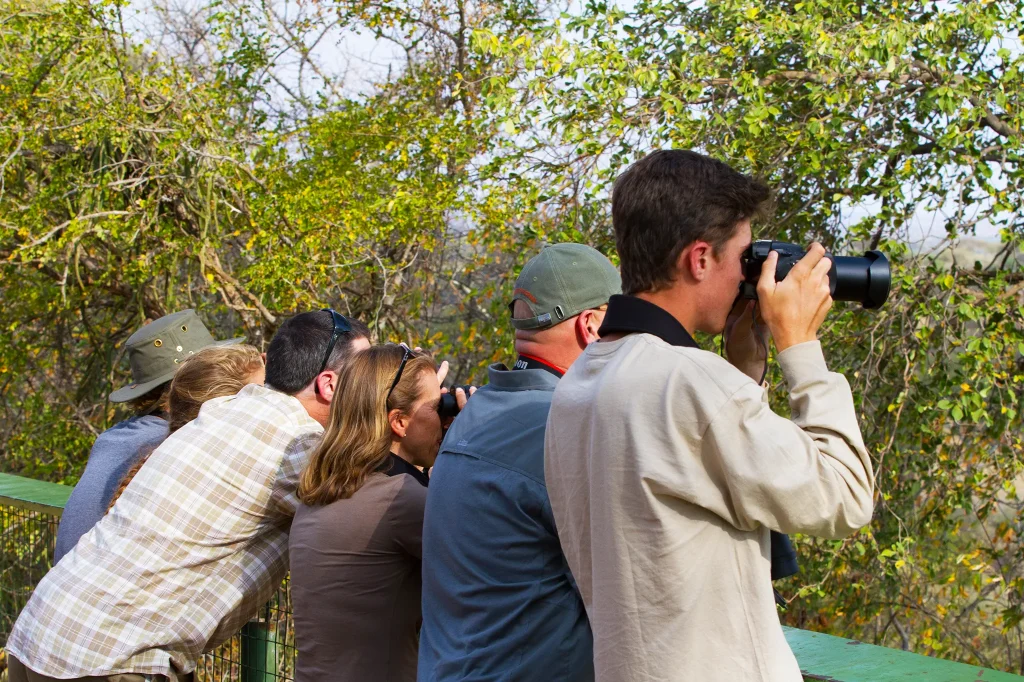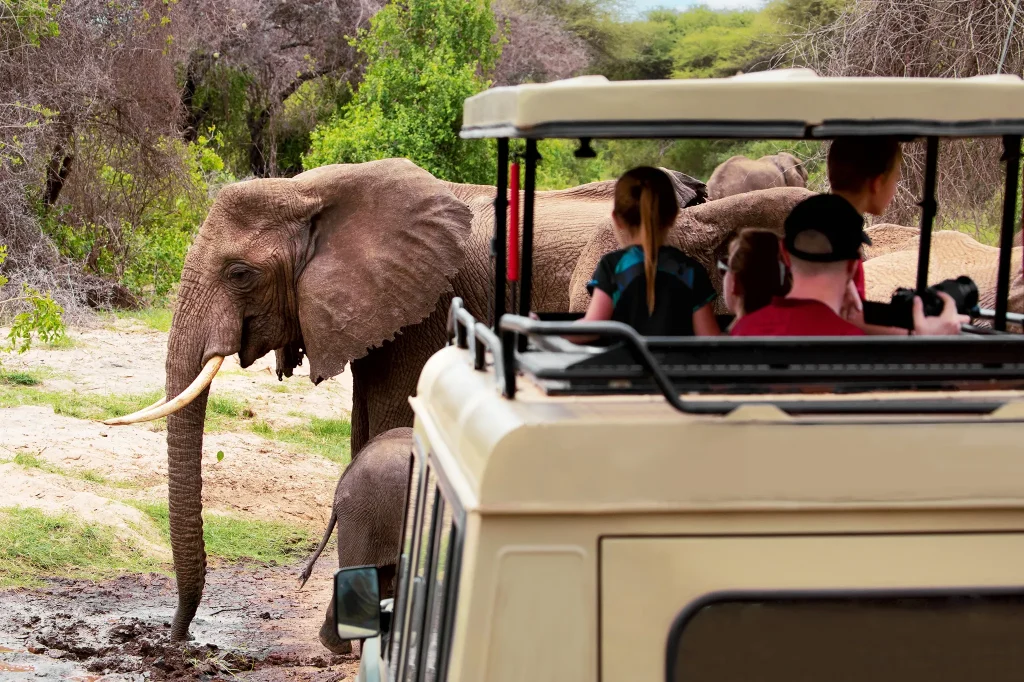There have been some uncertainties over the factual Kilimanjaro Height, but the most agreed-upon figure (and the one on the board at the top of the mountain) is 5,895 metres (19,340 feet) above sea level.
Consider Mount Kilimanjaro Climbing, the highest free-standing mountain in the world and the fourth highest of the seven summits. Yet, you’ll be surprised to know that its height has changed over the years.
Mount Kilimanjaro Height? Is it 5895 m, 5893 m or 5892 m? Well, if you’re thinking about how these changes came to light, then in this post, we’ll go over all the height characteristics of Mount Kilimanjaro.
The Established Kilimanjaro Height
It was in 1889 when Dr. Hans Meyer became the first person to reach the summit of Mount Kilimanjaro. Afterwards, he claimed he had climbed to around 6,045 metres (19,833 feet).
- The colonial German authorities later amended this figure to 5,892 metres. This remained the official Mount Kilimanjaro Height until 1952.
- Later that year, The Height of Kilimanjaro was measured again by British cartographers, and they adjusted it to 5,895 metres or 19,340 feet.
- This figure was further written on the signpost of Kilimanjaro’s Uhuru Peak and is the figure you’ll find in most resources, as well as information materials on Kilimanjaro.
When Mt Kilimanjaro’s Height was measured again in 2008, the gauge showed the height was 5,891.8 metres.
Interesting Fact – It should be noted that the UNEP-WCMC (United Nations Environment Programme-World Conservation Monitoring Centre) in their official fact sheet of Kilimanjaro National Park, stated the height of Mount Kilimanjaro to be 5,893 metres.
The Latest Kilimanjaro Height Figures
Even though the Kilimanjaro Height Above Sea Level has been amended several times, one constant figure is 5,895 meters. The following is an insight into the Kilimanjaro Height changes:
Official Kilimanjaro Height – 5895 metres (19,340 feet), used by almost everyone.
More Accurate Kilimanjaro Height – 5,892.55 metres (19,332 feet), used in the UNEP-WCMC fact sheet.
The latest Height is 5,891.8 metres (19,330 feet), according to the 2008 Precise Height Measurement Expedition.
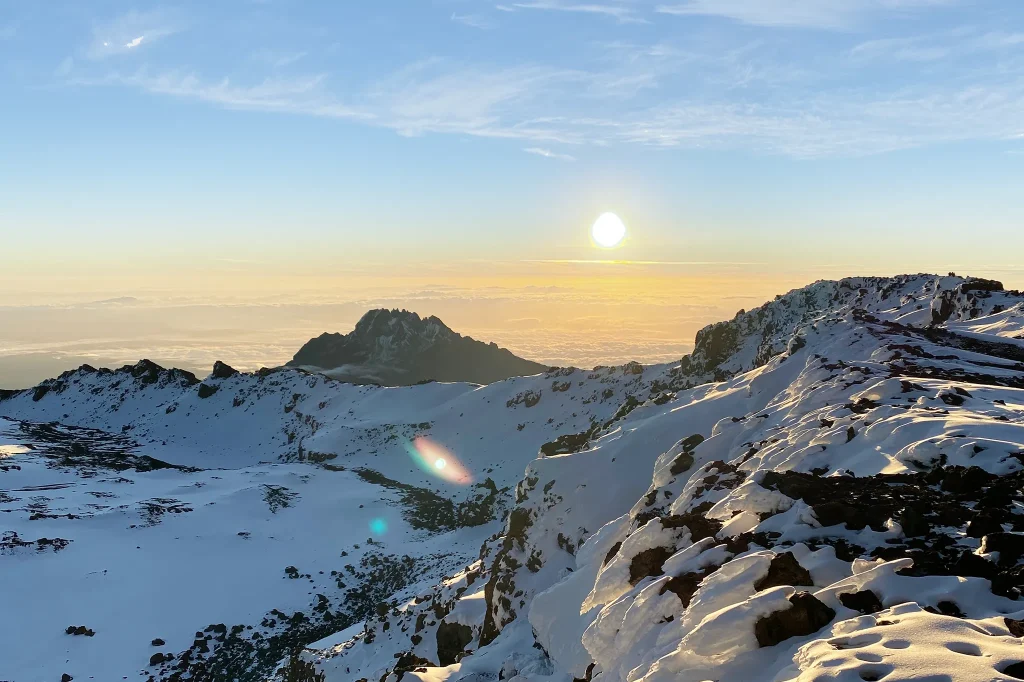
The Height of Kilimanjaro’s Peaks
Mount Kilimanjaro consists of three distinct cones, Kibo, Shira, and Mawenzi. Kibo is the highest peak, and Uhuru Peak is the highest point on Kibo’s crater rim. The Height of Kilimanjaro’s Peaks is constantly changing because of atmospheric and geological factors like volcanic activity, snow accumulation, and erosion.
The following representation reflects the current atmospheric heights of Kilimanjaro’s three peaks:
| KILIMANJARO PEAK | ELEVATION (in metres) | ELEVATION (in feet) |
| Kibo | 5,895 m | 19,340 ft. |
| Mawenzi | 5,149 m | 16,893 ft. |
| Shira | 3,962 m | 13,000 ft. |
- Kibo is the highest and most popular of Kilimanjaro’s peaks, with its summit reachable by several Kilimanjaro Climbing Routes such as Lemosho, Rongai, Machame, and Marangu.
- Mawenzi is the third-highest peak and is considered a more technical climb due to its rugged terrain and challenging sections that require skilled rock climbing knowledge.
- And, finally, Shira Peak is the lowest of the three in terms of Kilimanjaro Climb Height and is not usually climbed, but is a good starting point for treks.
Note – Shira once used to be Kilimanjaro’s third volcanic cone, but one of its early eruptions completely eradicated the rim and a flat plateau ultimately developed, known as the Lemosho Glades.
Mount Kilimanjaro’s height might change on paper, but its towering presence and adventure-filled slopes continue to challenge and inspire climbers around the world.
How High Is Mount Kilimanjaro, exactly?
Mount Kilimanjaro is the highest peak in Africa and the world’s highest free-standing mountain. The Kilimanjaro Summit Height is 5,895 m above sea level, and to give you an inkling of Kilimanjaro’s Height, Mount Everest stands at 8,848 metres. This is just over 2,950 metres higher than Mount Kilimanjaro.
Interestingly enough, both Everest Base Camp and (EBC) – South and North are below the summit of Kilimanjaro. Having said that, though, most climbers take more than 8-10 days to reach the Everest Base Camp.
Good to Know – Even though it is possible to start a Kilimanjaro Climb within 4-5 days but it’s not recommended. This is due to the rapid ascent of the mountain, which in turn poses a risk of Kilimanjaro Altitude Sickness.
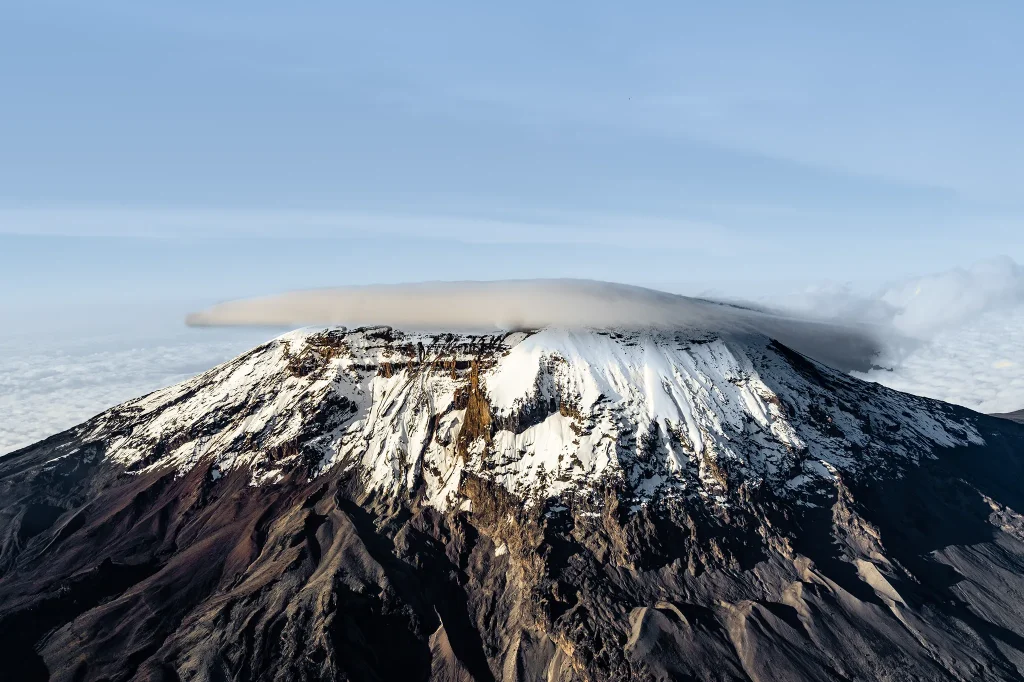
Kilimanjaro Height – Elevation Vs Prominence Vs Climbing Height
Kilimanjaro has various measurements that are used to describe its height, including elevation, climbing height, and prominence. Below, we will explore the differences between these measurements.
- The elevation is the vertical distance between the base of the mountain and its highest point.
- The Kilimanjaro Elevation summit, known as Uhuru Peak, is 5,895 meters (19,341 feet) above sea level.
- The elevation is an important measurement because it is used to determine the difficulty level of a climb and the oxygen levels at higher altitudes.
- Climbing height is the vertical distance from the base of the mountain to the highest point that a climber can reach.
- The Kilimanjaro Climb Height is approximately 4,900 meters (16,100 feet), which is the elevation of the last camp before the final ascent to Uhuru Peak.
- Climbing height is essential because it helps climbers determine the level of fitness and preparation required to reach the summit.
- Prominence is the distance between a mountain’s summit and its highest saddle, which is the lowest point on a ridge that connects it to a higher mountain.
- Kilimanjaro’s prominence is 5,885 meters (19,308 feet), making it the fourth most prominent peak in the world. Prominence is important because it reflects the mountain’s dominance within its surroundings.
The following summarizes the differences between Kilimanjaro’s elevation, climbing height, and prominence:
| MEASUREMENT | VALUE |
| Elevation | 5,895 meters |
| Climbing height | 4,900 meters |
| Prominence | 5,885 meters |
Scaling New Heights – A Voyage Up Kilimanjaro!
Picture yourself making your way up Kilimanjaro, air thinning, and the cold soaking into your bones. Yet the sight of the sun rising beyond the horizon, painting the sky with hues of orange, red, and gold, will warm your heart.
This is a glimpse into what conquering the Kilimanjaro Height experience will be. Why not heighten your senses and get your fill of wonder by opting for one of our Kilimanjaro Climbing Packages that will allow you to stand in awe at the height of Kili?


